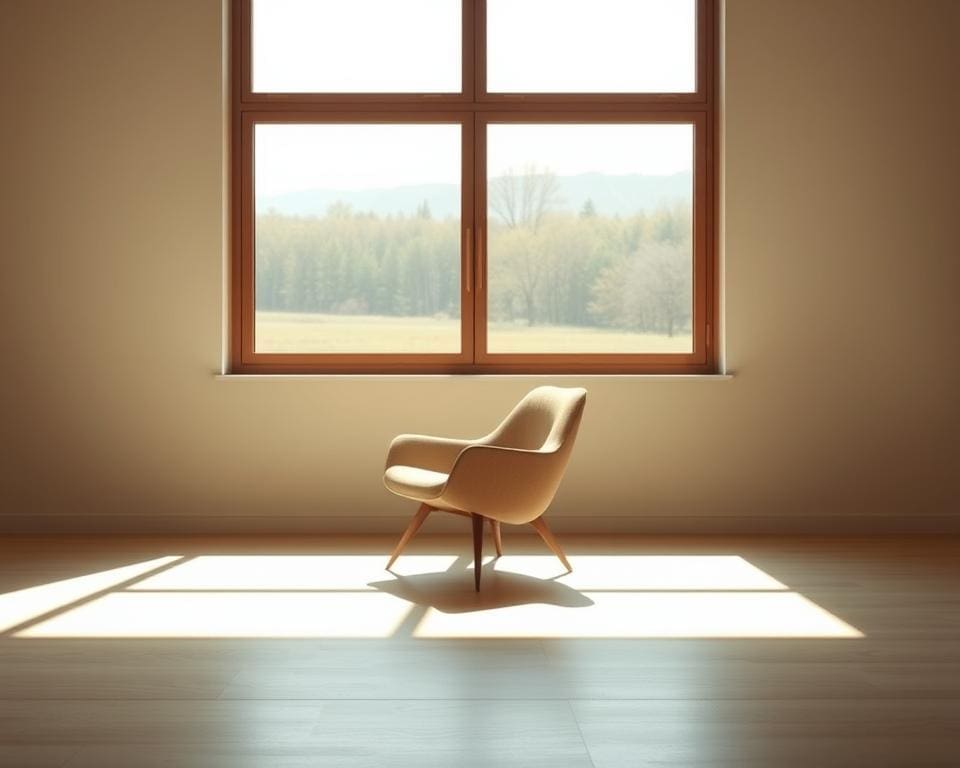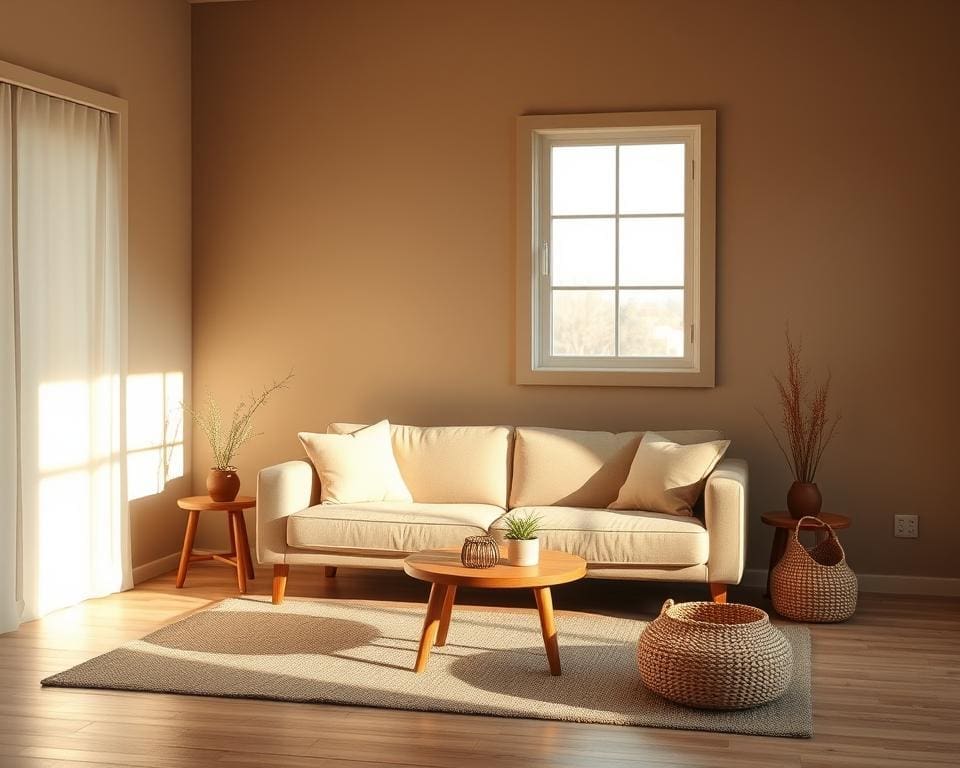In a world where minimalist design often evokes images of starkness and simplicity, it is essential to challenge the perception that such spaces can feel cold or sterile. How do you create warmth with minimalist design? The secret lies in understanding that this aesthetic can harmoniously blend beauty and comfort. By thoughtfully infusing elements that evoke a sense of coziness, such as varied textures and natural materials, one can transform minimalist home decor into an inviting sanctuary. This article will explore specific techniques to create warmth within minimalist interiors, allowing you to elevate your spaces into a realm where aesthetic appeal meets heartfelt comfort.
The Essence of Minimalist Design
Minimalist design transcends mere aesthetics; it represents a philosophy that embraces simplicity and purpose. Rooted in the desire to eliminate excess, this approach emerged as a response to the clutter and chaos prevalent in contemporary living. It invites individuals to consider their environments and offers a pathway to create spaces that resonate with clarity and intent.
Understanding Minimalism in Interior Spaces
At its core, minimalist interior design prioritises function over frivolity. The style draws inspiration from various cultural movements and artistic expressions, evolving into a staple of modern living. Emphasising open spaces, light, and the interplay between functionality and form, minimalist design creates an environment that invites tranquillity. This paradigm shift allows homeowners to escape the distractions of a busy life, promoting a serene and focused atmosphere.
Key Principles of Minimalist Style
The key principles of minimalist style centre on several foundational tenets that define its character:
- Simplicity: Stripping away the non-essential to highlight what truly matters.
- Functionality: Ensuring that every element serves a purpose, enhancing the overall utility of the space.
- Effective Use of Space: Optimising layouts to create a sense of openness and flow.
- Neutral Colour Palettes: Emphasising soft, soothing colours that evoke calmness.

These principles work in harmony to create a foundation that is not just visually appealing but fundamentally practical. Understanding these aspects is vital for anyone looking to navigate the world of minimalism, especially when seeking to introduce warmth into a seemingly austere setting.
How do you create warmth with minimalist design?
Embracing a minimalist design does not mean sacrificing warmth or comfort. Achieving a sense of warmth in a minimalist space involves thoughtful strategies. By focusing on incorporating textures and blending natural elements, one can transform a minimalist environment into a welcoming sanctuary.
Incorporating Textures for Sensory Appeal
One effective way to create warmth is through the art of incorporating textures. Layering various materials, such as soft textiles, plush rugs, and rustic wood, adds depth and visual interest. Consider using:
- Textured cushions and throws to evoke a sense of softness.
- Natural fibres like jute or wool for rugs to add tactile comfort.
- Handcrafted ceramics or pottery that introduce unique surfaces.
These elements work harmoniously within the realm of warm minimalism, enhancing both aesthetic and sensory appeal.
The Role of Natural Elements
Incorporating natural elements plays a significant role in fostering warmth. By bringing the outdoors inside, one can infuse a sense of vitality into a minimalist design. Effective strategies include:
- Adding plants to create life and colour, enhancing air quality while providing organic beauty.
- Utilising stone or wood finishes for a connection to nature that feels inviting.
- Incorporating large windows to maximise natural light and blur the boundaries between indoors and outdoors.
The presence of these natural elements ensures an atmosphere that is not merely minimalist but vibrantly warm and inviting.
Warm Minimalism: A Concept to Embrace
Warm minimalism represents a contemporary approach that integrates the clean lines and simplicity of minimalistic design with elements that evoke comfort and invitation. This aesthetic evokes a sense of tranquillity whilst ensuring that spaces remain functional. Understanding this balance is essential for creating an environment that fosters relaxation and joy.
Defining Warm Minimalism
Defining warm minimalism involves recognising how this style embodies a harmonious blend of minimalist principles and softer, cozier elements. It prioritises warmth through thoughtful material choices, warm colours, and personal touches that make spaces feel lived in. In this context, warm minimalism does not forgo simplicity; instead, it enhances it by introducing aspects that resonate with comfort and ease.
Balancing Functionality and Comfort
Achieving a successful balance between functionality and comfort is vital in warm minimalism. This can be accomplished by selecting furniture that serves a purpose while complementing the overall aesthetic. Open spaces can often feel cold; adding cushions, throws, and natural textiles fosters a welcoming vibe. Thoughtful arrangements of seating can create intimate areas without cluttering the environment. Through these design choices, one can achieve a soothing atmosphere that remains practical.
Effective Colour Palettes for a Warm Minimalist Home
Colour plays a pivotal role in defining the atmosphere of a minimalist space. Thoughtfully selected effective colour palettes can transform stark interiors into warm, inviting atmospheres. To achieve this, the choice of colours should embody a balance between calm simplicity and cheerful warmth.
Choosing Warm Neutrals and Earthy Tones
When it comes to selecting warm neutrals and earthy tones, consider shades like beige, taupe, and warm greys. These colours create a soothing backdrop that maintains the minimalist approach while introducing a comforting feel. Embracing earthy tones, such as soft browns and muted greens, lays the foundation for a serene environment. The result is a harmonious space that invites relaxation and connection.
Accent Colours to Enhance Coziness
Incorporating accent colours can elevate warmth without compromising the minimalist aesthetic. Deep tones like terracotta and olive green add a rich depth, encouraging a sense of intimacy within the home. Soft pastels can also play a significant role; their subtle brightness offers visual interest while enhancing the calming effect of the overall palette. Strategically placing these accent colours can transform a minimalist dwelling into a peaceful retreat.
Minimalist Home Decor: Tips for Warmth and Style
Creating warmth within the confines of minimalist home decor necessitates a thoughtful approach to design choices. Start by selecting art pieces that evoke emotion; carefully curated artworks can infuse personality and warmth into a space while adhering to minimalist principles. Opt for pieces that resonate on a personal level, ensuring that they complement rather than clutter your aesthetic.
Lighting also plays a crucial role in achieving a cosy ambience. Choose fixtures that soften the hard lines typical of minimalist spaces, such as warm-toned pendant lights or strategically placed lamps that cast dramatic shadows. This type of illumination not only enhances the overall design but also encourages a welcoming atmosphere, perfect for social gatherings.
Finally, furniture selection should prioritise pieces that invite interaction while maintaining a refined minimalistic style. Look for soft, inviting sofas or multifunctional seating arrangements that promote conversation without overwhelming the room. By integrating these tips for warmth and style, you can create a harmonious balance in your minimalist home, transforming it into a sanctuary that feels as good as it looks.









